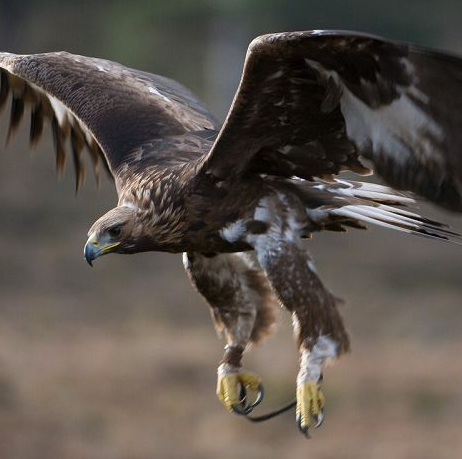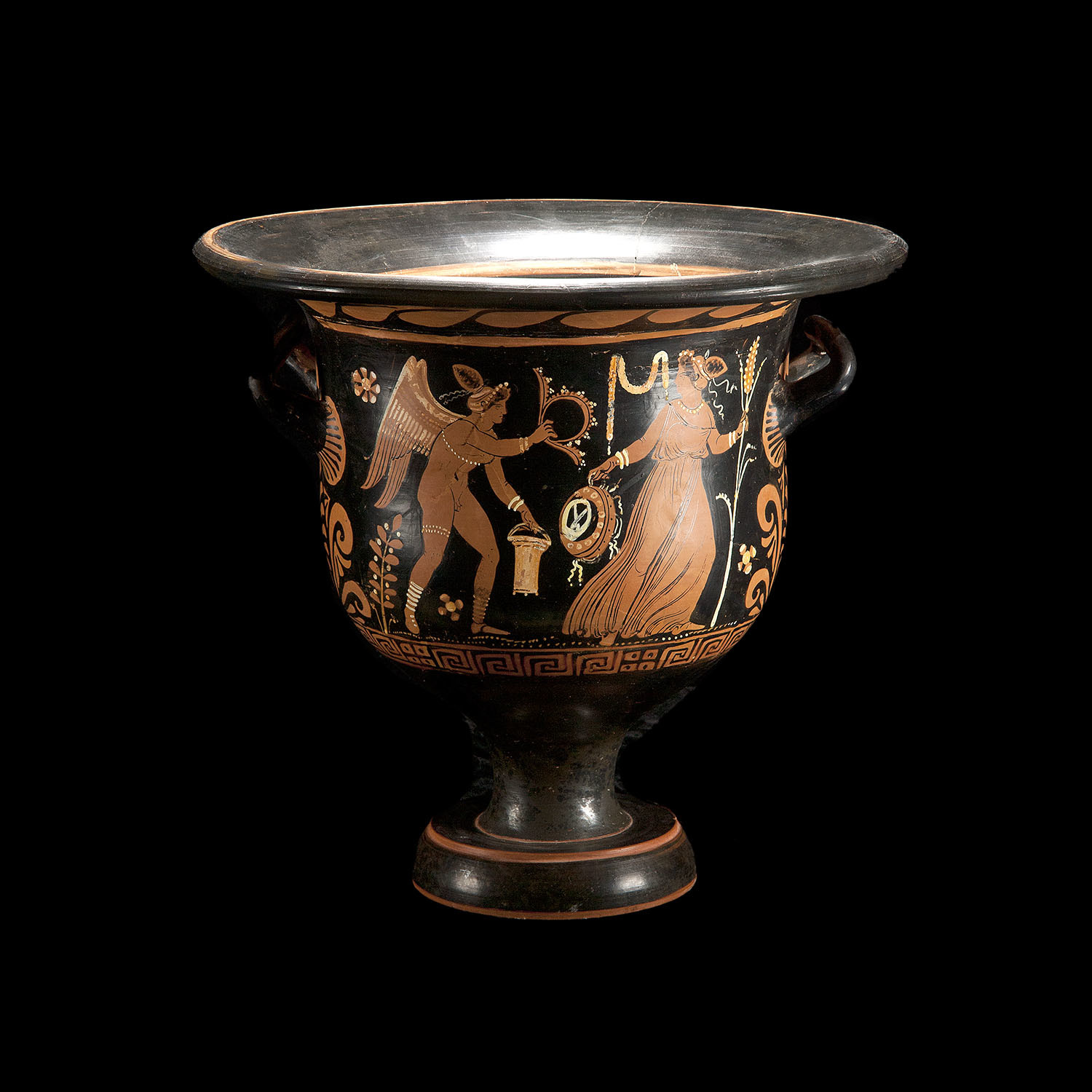Jim Parker
Member
- Apr 17, 2015
- 11,259
- 2,694
Bible 101 Lesson 2A
From the genealogy of the heavens and earth to the story of mankind filling the whole earth.
Genesis 1:1-2:3 The genealogy of the heavens and the earth
It was the standard literary convention of the ancient near east to preface a story with a genealogy. Since Genesis starts “In the beginning” at creation, it starts with the genealogy of the heavens and the earth.
The genealogy is divided into seven parts or days.
Day one (first generation)opens with the creation of the heavens and the earth but they are in a state of chaos and of no use to anyone. (formless and void) We find the Spirit of God “brooding” (like a mother hen) over the surface of the deep. Then God makes light and separates it from the darkness. And it is good.
These things do not have life and they do not move.
Day two: (second generation) God separates the waters by putting a space (firmament, expanse) between the waters on the ground and the waters in the sky. (Clouds?)
They are good too and that ends phase two.
These things do not have life and they do not move.
Day three: (third generation) God separates the waters and the dry ground on earth. (That was good.) Then God made the earth produce grass with seed (wheat, barley, etc.) and trees that bear fruit and they are good and that completed the tasks for day three.
These things do have life but they do not move.
Day four: (fourth generation) Then God put the sun, moon and stars in the sky on the fourth day and that is good.
These things move but do not have life.
Day five: (fifth generation) On the fifth day God made things that live in the sea and things that fly in the air; fish and birds. They are good.
God blessed and told them to “Be fruitful and multiply, and fill the waters in the seas, and let birds multiply on the earth.”
These things have life and they move.
Day six. (sixth generation) On the sixth day, God made the beast of the earth according to its kind, cattle according to its kind, and everything that creeps on the earth according to its kind. They are all good.
Then God did something a very different. He created man in His own image and gave him authority to rule of everything that He had made. (To “rule over” includes the responsibility of taking care of the things being ruled over.)
That means Man is a higher order being than the angels. Only man, among everything that God created, is created in God’s image and is given authority to rule over God’s creation. (And that probably made the devil very jealous and very angry.)
Then God told man to be fruitful and multiply and fill the whole earth. (God’s first command to man.) And He gave man all the seeds and fruit as food. (vegan?) And all that is very good.
Men and cattle and creeping things all move and have life.
Seventh day: (end of genealogy) God is done creating. He sanctified the 7th day as a day of rest. This sanctified day of rest will show up in the 10 commandments that God gives to the Jews at mount Sinai.
So:
On day 1: God created things that don’t move and don’t have life.
On day 2: God created things that don’t move and don’t have life.
On day 3: God created things that don’t move but do have life.
On day 4: God created things that do move but don’t have life.
On day 5: God created things that do move and do have life.
On day 6: God created things that do move and do have life.
And: things that move and have life are told to be fruitful and multiply and fill the whole earth.
The format of Genesis 1:1-2:3
If you consider the way Gen 1:1-2:3 is arranged, you will note that it seems very formal and that it has a repeated format. It gives the impression of being a litany that would be chanted by a priest in a formal, religious, setting.
A. God says “let there be..”
B. And there was what He said to be.
C. God names the things He made.
D. God sees that what He created is good.
E. That concludes the day.
The Name of God
In this section, God is referred to as “ELOHIYM.” (Spelling varies) And, because it has such a formal, liturgical structure (like in a religious service), scholars concluded that this presentation of the creation was, in fact, the presentation that a Jewish priest would give and represented a “priestly” tradition. And that’s what they called it: the ELOHIST Tradition.
At Genesis 2:4, the name of God changes from ELOHIYM to YHWH ELOHIYM. “Elohiym” is commonly translated as God in English and “YHWH (Yahweh) Elohiym” is usually translated as LORD GOD.
The tone of the story also changes at Gen 2:4. Rather than being so formal, we find God getting down in the dirt and forming man from the dirt; walking with man in the cool of the day; and talking with man like a father to a son. This is a much less formal and more personal view of God. This change in tone gave rise to the conclusion that this part of Genesis represented a different tradition, which was called “Yahwist”, because the name YHWH has been added to the name of God in the Hebrew.
It was held for some time that Genesis 1-11 was a compilation of various stories from various traditions and that the stories were assembled later in a single document. But further examination has revealed that all the stories have been arranged and edited by a very highly sophisticated and skilled writer. Was that Moses? It could have been considering that he grew up as the son of Pharaoh’s daughter. He would have had the education and skills to do it. But there is no evidence or proof that he did so. We only have the tradition of calling the first five books of the Bible, “the Book of Moses”. And that’s because they are primarily about Moses and what he did.
(So, when Jesus referred to the Torah as “The Book of Moses”, (Mar 12:26) He was not making the statement that Moses was the author; He was referring to the source of the information by its common name. A modern example would be to refer to Webster’s dictionary. Today, you can find the definition of ICBM (Inter-Continental Ballistic Missile) in Webster’s dictionary. There was no such thing when Noah Webster compiled his dictionary.)
Beginning at Genesis 2:4, we are presented with the story of mankind from the time in the Garden of Eden to the dispersion after the confusing of languages while attempting to build the Tower of Babel.
From the genealogy of the heavens and earth to the story of mankind filling the whole earth.
Genesis 1:1-2:3 The genealogy of the heavens and the earth
It was the standard literary convention of the ancient near east to preface a story with a genealogy. Since Genesis starts “In the beginning” at creation, it starts with the genealogy of the heavens and the earth.
The genealogy is divided into seven parts or days.
Day one (first generation)opens with the creation of the heavens and the earth but they are in a state of chaos and of no use to anyone. (formless and void) We find the Spirit of God “brooding” (like a mother hen) over the surface of the deep. Then God makes light and separates it from the darkness. And it is good.
These things do not have life and they do not move.
Day two: (second generation) God separates the waters by putting a space (firmament, expanse) between the waters on the ground and the waters in the sky. (Clouds?)
They are good too and that ends phase two.
These things do not have life and they do not move.
Day three: (third generation) God separates the waters and the dry ground on earth. (That was good.) Then God made the earth produce grass with seed (wheat, barley, etc.) and trees that bear fruit and they are good and that completed the tasks for day three.
These things do have life but they do not move.
Day four: (fourth generation) Then God put the sun, moon and stars in the sky on the fourth day and that is good.
These things move but do not have life.
Day five: (fifth generation) On the fifth day God made things that live in the sea and things that fly in the air; fish and birds. They are good.
God blessed and told them to “Be fruitful and multiply, and fill the waters in the seas, and let birds multiply on the earth.”
These things have life and they move.
Day six. (sixth generation) On the sixth day, God made the beast of the earth according to its kind, cattle according to its kind, and everything that creeps on the earth according to its kind. They are all good.
Then God did something a very different. He created man in His own image and gave him authority to rule of everything that He had made. (To “rule over” includes the responsibility of taking care of the things being ruled over.)
That means Man is a higher order being than the angels. Only man, among everything that God created, is created in God’s image and is given authority to rule over God’s creation. (And that probably made the devil very jealous and very angry.)
Then God told man to be fruitful and multiply and fill the whole earth. (God’s first command to man.) And He gave man all the seeds and fruit as food. (vegan?) And all that is very good.
Men and cattle and creeping things all move and have life.
Seventh day: (end of genealogy) God is done creating. He sanctified the 7th day as a day of rest. This sanctified day of rest will show up in the 10 commandments that God gives to the Jews at mount Sinai.
So:
On day 1: God created things that don’t move and don’t have life.
On day 2: God created things that don’t move and don’t have life.
On day 3: God created things that don’t move but do have life.
On day 4: God created things that do move but don’t have life.
On day 5: God created things that do move and do have life.
On day 6: God created things that do move and do have life.
And: things that move and have life are told to be fruitful and multiply and fill the whole earth.
The format of Genesis 1:1-2:3
If you consider the way Gen 1:1-2:3 is arranged, you will note that it seems very formal and that it has a repeated format. It gives the impression of being a litany that would be chanted by a priest in a formal, religious, setting.
A. God says “let there be..”
B. And there was what He said to be.
C. God names the things He made.
D. God sees that what He created is good.
E. That concludes the day.
The Name of God
In this section, God is referred to as “ELOHIYM.” (Spelling varies) And, because it has such a formal, liturgical structure (like in a religious service), scholars concluded that this presentation of the creation was, in fact, the presentation that a Jewish priest would give and represented a “priestly” tradition. And that’s what they called it: the ELOHIST Tradition.
At Genesis 2:4, the name of God changes from ELOHIYM to YHWH ELOHIYM. “Elohiym” is commonly translated as God in English and “YHWH (Yahweh) Elohiym” is usually translated as LORD GOD.
The tone of the story also changes at Gen 2:4. Rather than being so formal, we find God getting down in the dirt and forming man from the dirt; walking with man in the cool of the day; and talking with man like a father to a son. This is a much less formal and more personal view of God. This change in tone gave rise to the conclusion that this part of Genesis represented a different tradition, which was called “Yahwist”, because the name YHWH has been added to the name of God in the Hebrew.
It was held for some time that Genesis 1-11 was a compilation of various stories from various traditions and that the stories were assembled later in a single document. But further examination has revealed that all the stories have been arranged and edited by a very highly sophisticated and skilled writer. Was that Moses? It could have been considering that he grew up as the son of Pharaoh’s daughter. He would have had the education and skills to do it. But there is no evidence or proof that he did so. We only have the tradition of calling the first five books of the Bible, “the Book of Moses”. And that’s because they are primarily about Moses and what he did.
(So, when Jesus referred to the Torah as “The Book of Moses”, (Mar 12:26) He was not making the statement that Moses was the author; He was referring to the source of the information by its common name. A modern example would be to refer to Webster’s dictionary. Today, you can find the definition of ICBM (Inter-Continental Ballistic Missile) in Webster’s dictionary. There was no such thing when Noah Webster compiled his dictionary.)
Beginning at Genesis 2:4, we are presented with the story of mankind from the time in the Garden of Eden to the dispersion after the confusing of languages while attempting to build the Tower of Babel.





